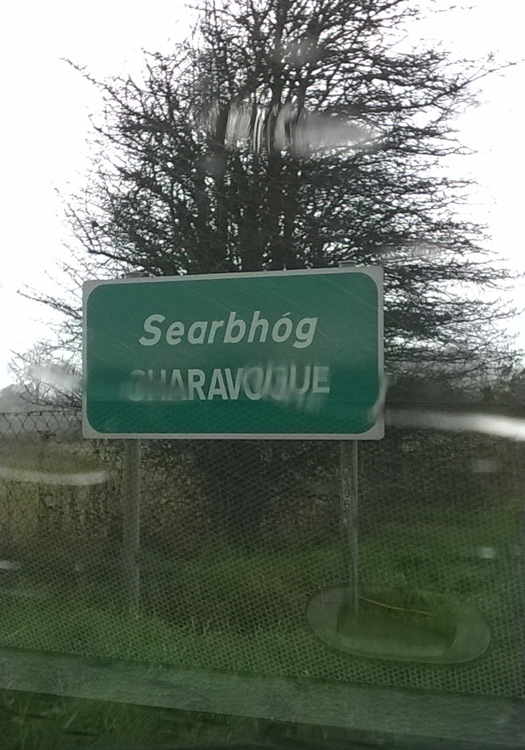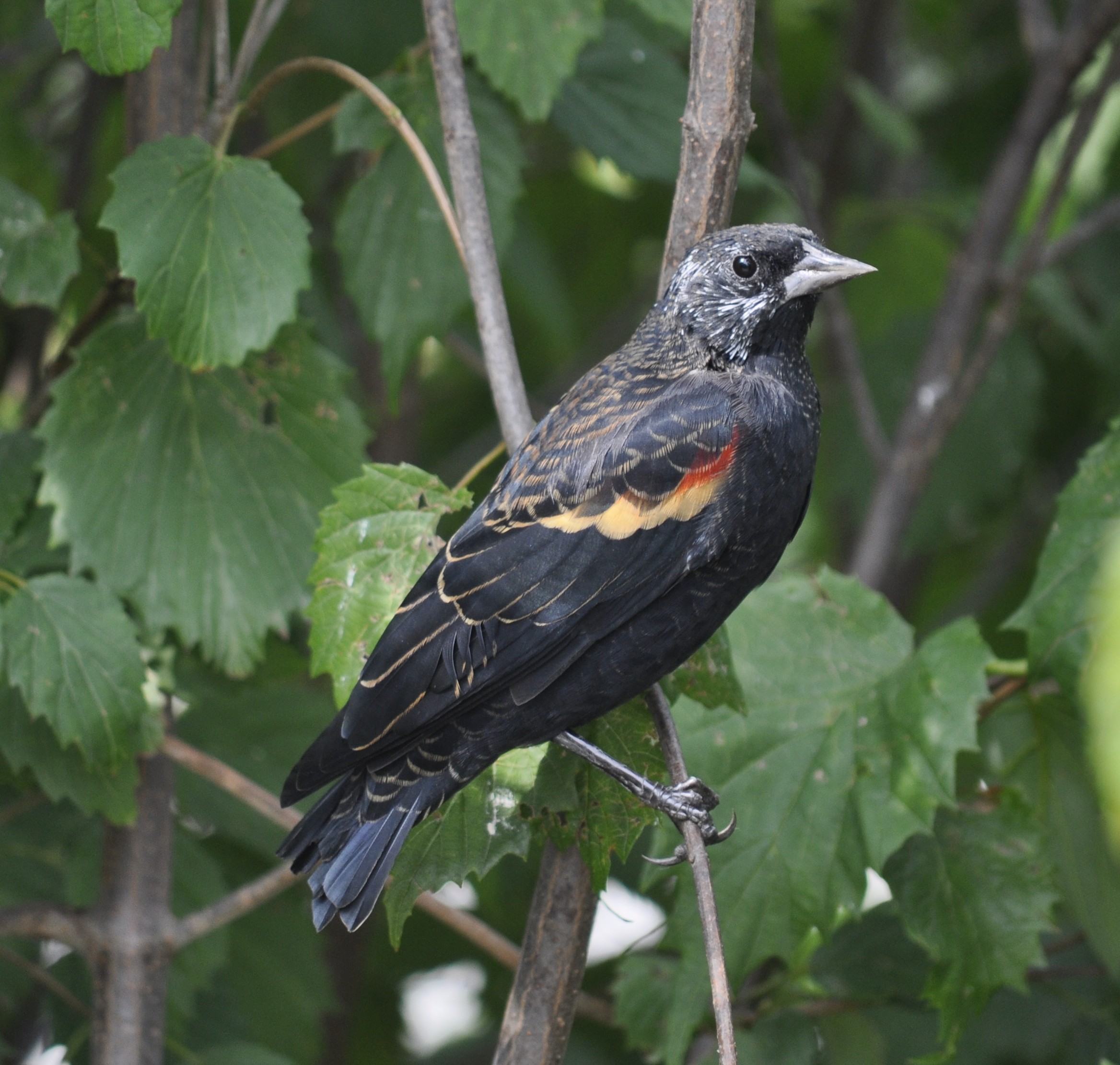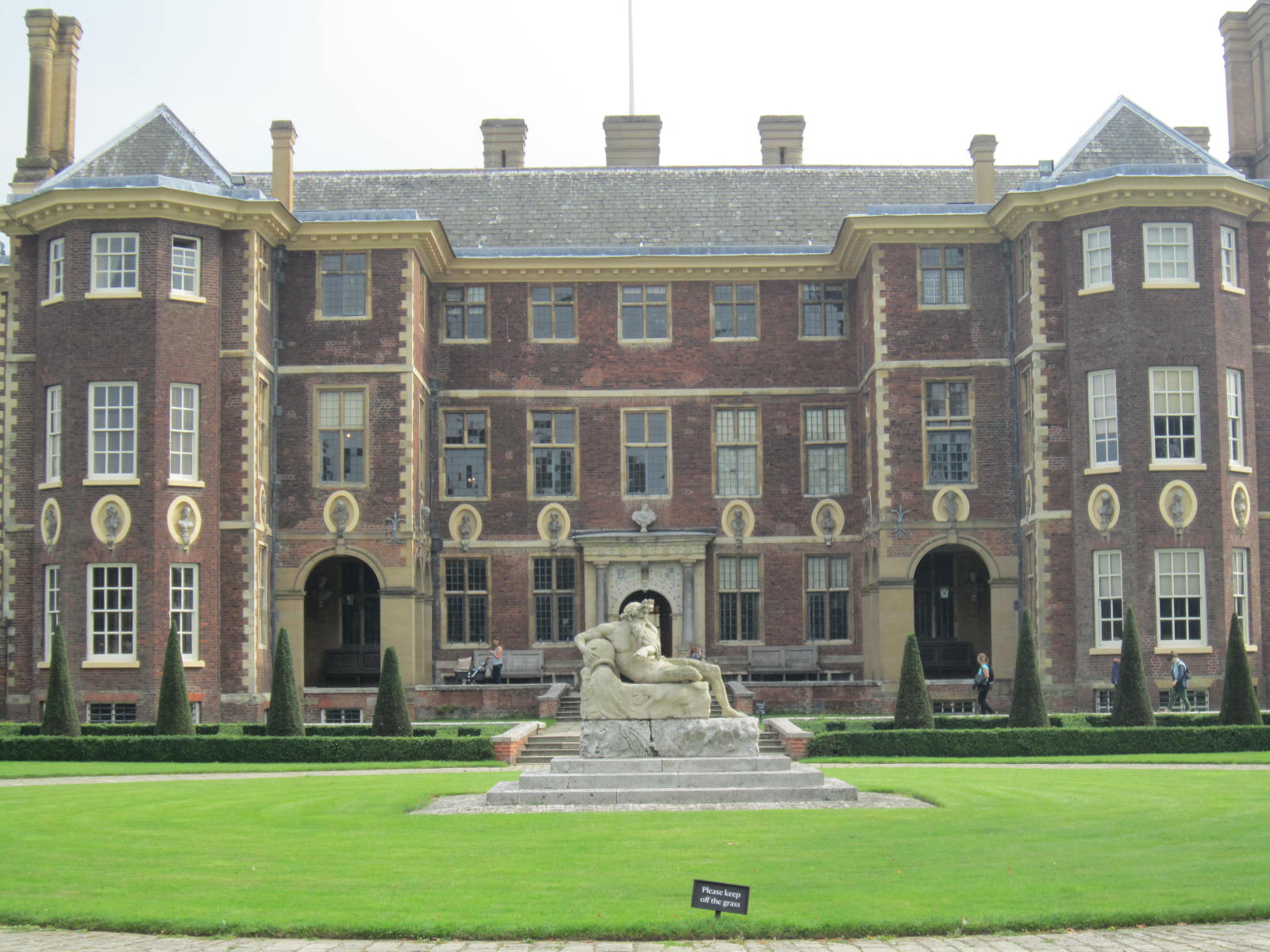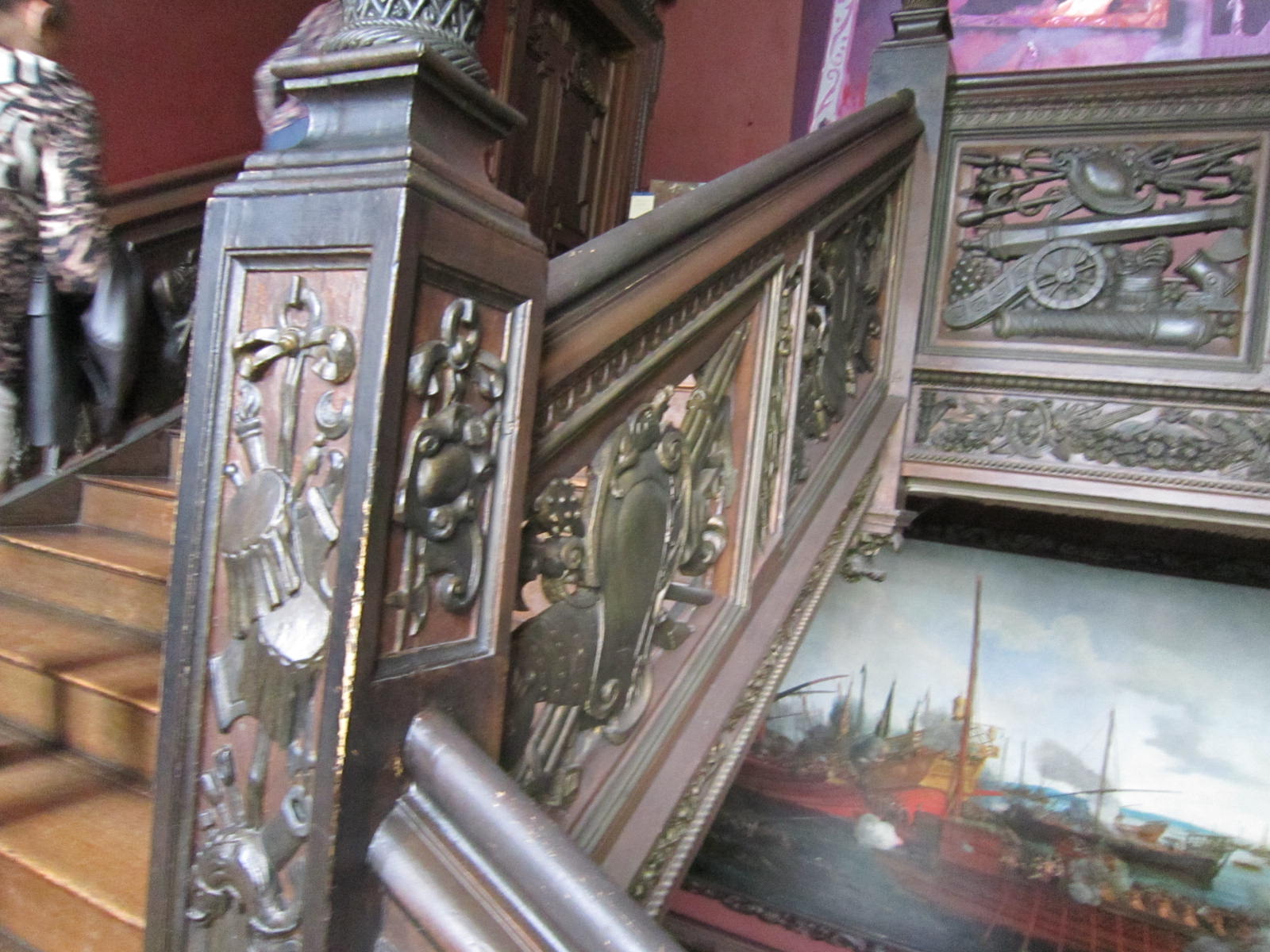Tracking the Prince: Lismore Castle
/Part 5 in a series featuring sites I visited in Ireland while researching my second novel, The Prince of Glencurragh. See previous post links below.
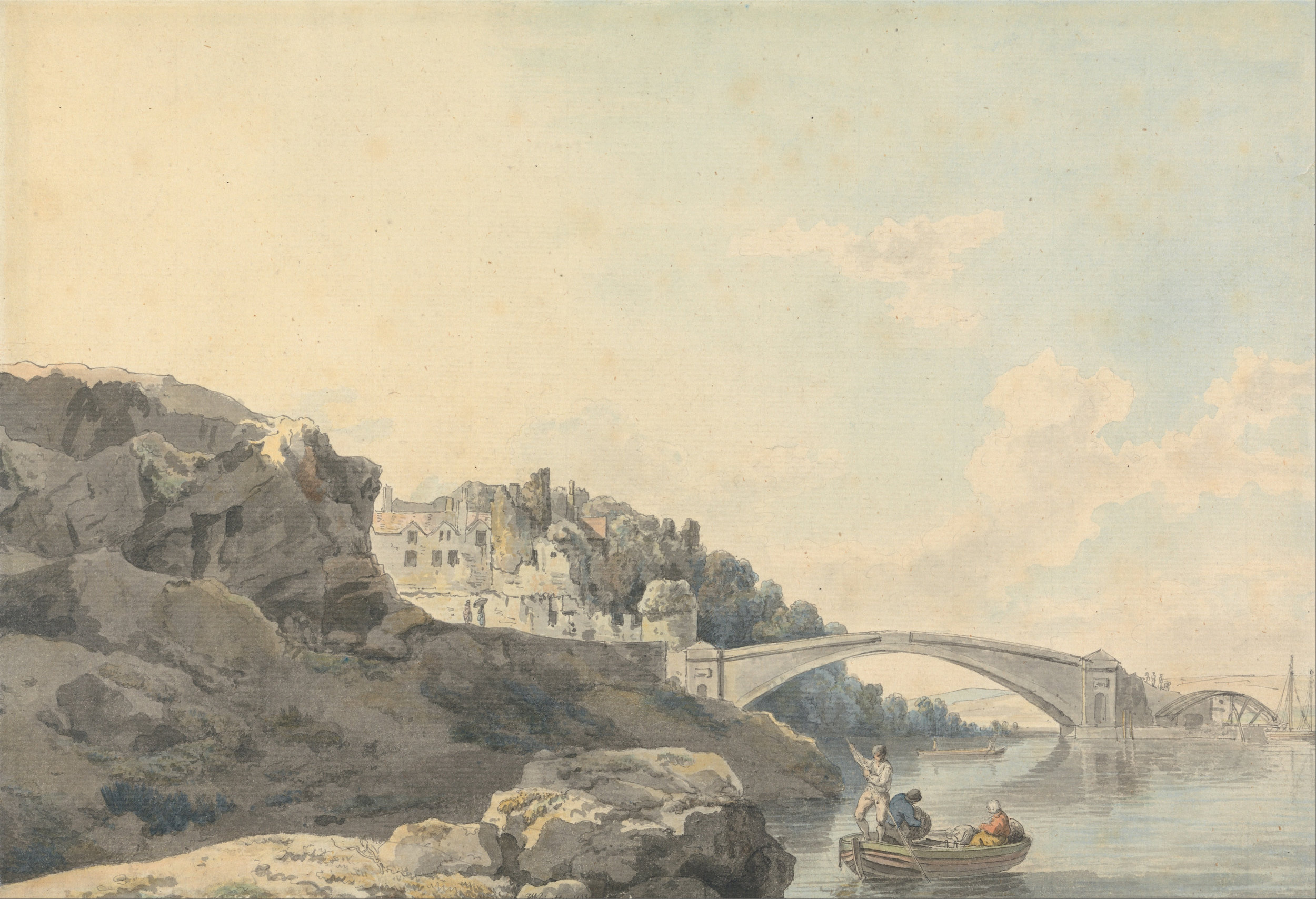
In The Prince of Glencurragh, the spectacular Lismore Castle in County Waterford is the setting for three emotionally-charged scenes. The grand drawing room and the ancient towers provide dramatic backdrops that help fortify the story.
Taking its name from “lis” meaning fort and “mor” meaning great, the castle is situated on the right bank of the River Blackwater in County Waterford. One story has it that when King James II visited the castle, he backed away from the grand window overlooking the river, startled by the sheer drop to the riverbank when the entrance to the castle is on 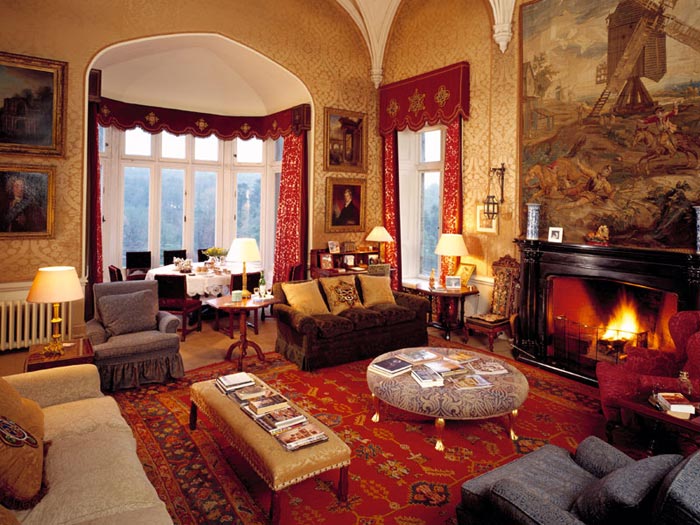 ground level. The window was ever-after called King James’s window.
ground level. The window was ever-after called King James’s window.
Sources differ as to the date of construction, but sometime between 1179 and 1185, Lismore was built on the site of the ancient abbey of Mochuda.
“This fine castle was originally founded by the Earl of Moreton, afterwards King John, in the year 1185, and is said to have been the last of three fortresses of the kind which he erected during his visit to Ireland. In four years afterwards it was taken by surprise and broken down by the Irish, who regarded with jealousy and fear the strong holds erected by the English to secure and enlarge their conquests.” -- LibraryIreland.com, the Dublin Penny Journal, Volume 1, Number 43, April 20, 1833
The castle was later rebuilt as an Episcopal residence (one source says it belonged to the earls of Desmond), until in 1589 when the manor and lands were granted to Sir Walter Raleigh. Sir Walter fell from grace after the death of Queen Elizabeth, and sold the estate to Sir Richard Boyle, the first Earl of Cork. Raleigh was later executed by King James to appease the Spanish, who saw Raleigh as a plundering pirate.

Lord Cork made extensive improvements to the castle for use as his primary residence. Outbuildings were added, and interiors embellished with fretwork plaster ceilings, tapestry hangings, embroidered silks and velvet.
“The first door-way is called the riding-house, from its being originally built to accommodate two horsemen, who mounted guard, and for whose reception there were two spaces which are still visible under the archway. The riding-house is the entrance into a long avenue shaded by magnificent trees, and flanked with high stone walls; this leads to another doorway, the keep or grand entrance into the square of the castle. Over the gate are the arms of the first Earl of Cork, with the motto, "God's providence is our inheritance.” -- LibraryIreland.com, the Dublin Penny Journal
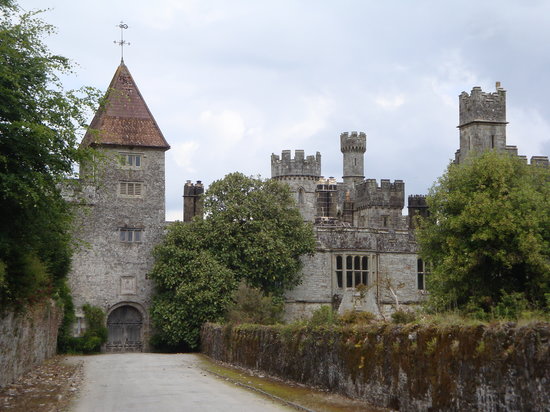 Some of the outbuildings were destroyed in the rebellion of 1641 when the castle was closely besieged by 5,000 Irish, and defended by Lord Broghill, the earl’s third son.
Some of the outbuildings were destroyed in the rebellion of 1641 when the castle was closely besieged by 5,000 Irish, and defended by Lord Broghill, the earl’s third son.
The Cavendish family acquired the castle in 1753 when the daughter and heiress of the 4th Earl of Cork, Lady Charlotte Boyle, married William Cavendish, 4th Duke of Devonshire, who became Prime Minister of Great Britain & Ireland. The 9th Duke, Lord Charles Cavendish, married Adele Astaire, the sister and former dancing partner of Fred Astaire.
Lismore is now an exclusive accommodation and event venue, and even offers culinary packages. The famous gardens are open to the pubic. The upper garden is a 17th-century walled garden, also briefly featured in my book.
Thanks to C.L. Adams’s Castles of Ireland, LibraryIreland.com, celticcastles.com, lismorecastle.com.
Read other posts in the series: Part 1, Part 2, Part 3, Part 4.
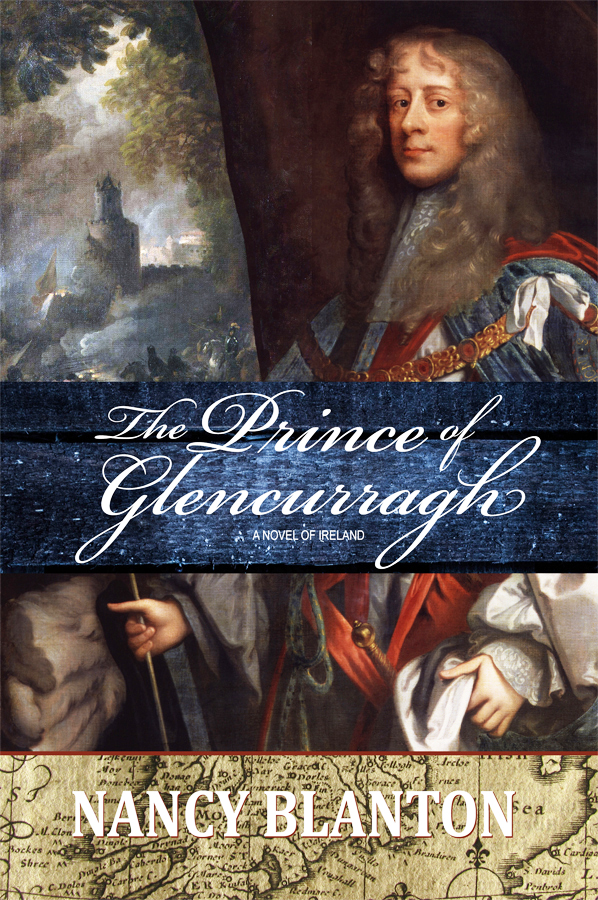 An heiress, a castle, a fortune: what could go wrong?
An heiress, a castle, a fortune: what could go wrong?
The Prince of Glencurragh has won the Royal Palm Literary Award for historical fiction. It is a story of 17th century Ireland, in a time of sweeping change prior to the great rebellion of 1641. Available in ebook, soft cover and hard cover from online booksellers.
https://books2read.com/u/4N1Rj6
http://www.amazon.com/Prince-Glencurragh-Novel-Ireland-ebook/dp/B01GQPYQDY/
See all of my books and sign up for my newsletter (published only 3 or 4 times a year) at nancyblanton.com

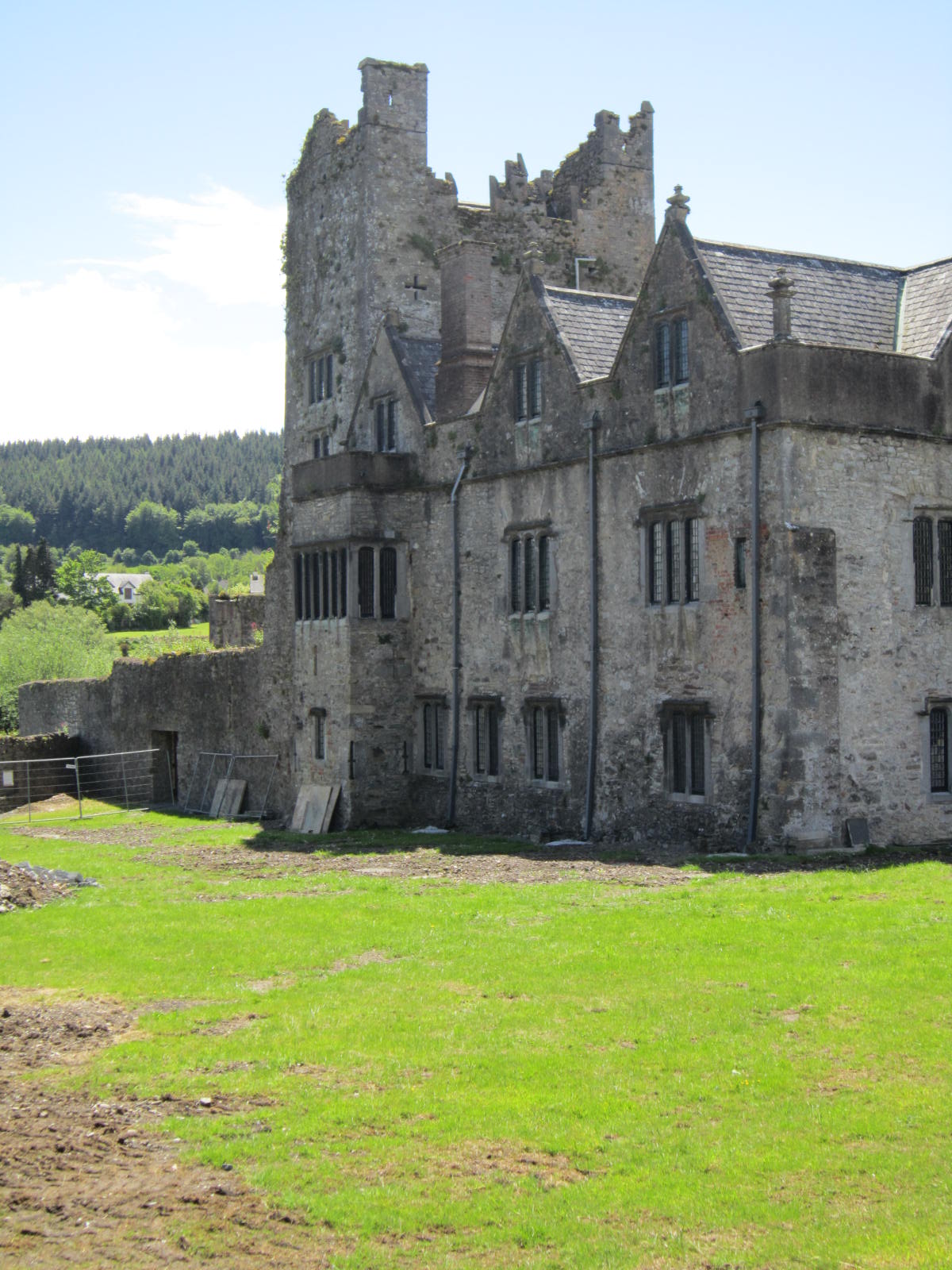 It is always thrilling to be in Ireland, although during my research trip there were some disappointments. The greatest of these was finding Carrick on Suir, (now known as Ormonde Castle to distinguish it from the town), closed for renovations for the entire year. My advance research somehow did not disclose this, so upon arrival, all I could do was walk around all sides, take pictures, and use my imagination.
It is always thrilling to be in Ireland, although during my research trip there were some disappointments. The greatest of these was finding Carrick on Suir, (now known as Ormonde Castle to distinguish it from the town), closed for renovations for the entire year. My advance research somehow did not disclose this, so upon arrival, all I could do was walk around all sides, take pictures, and use my imagination.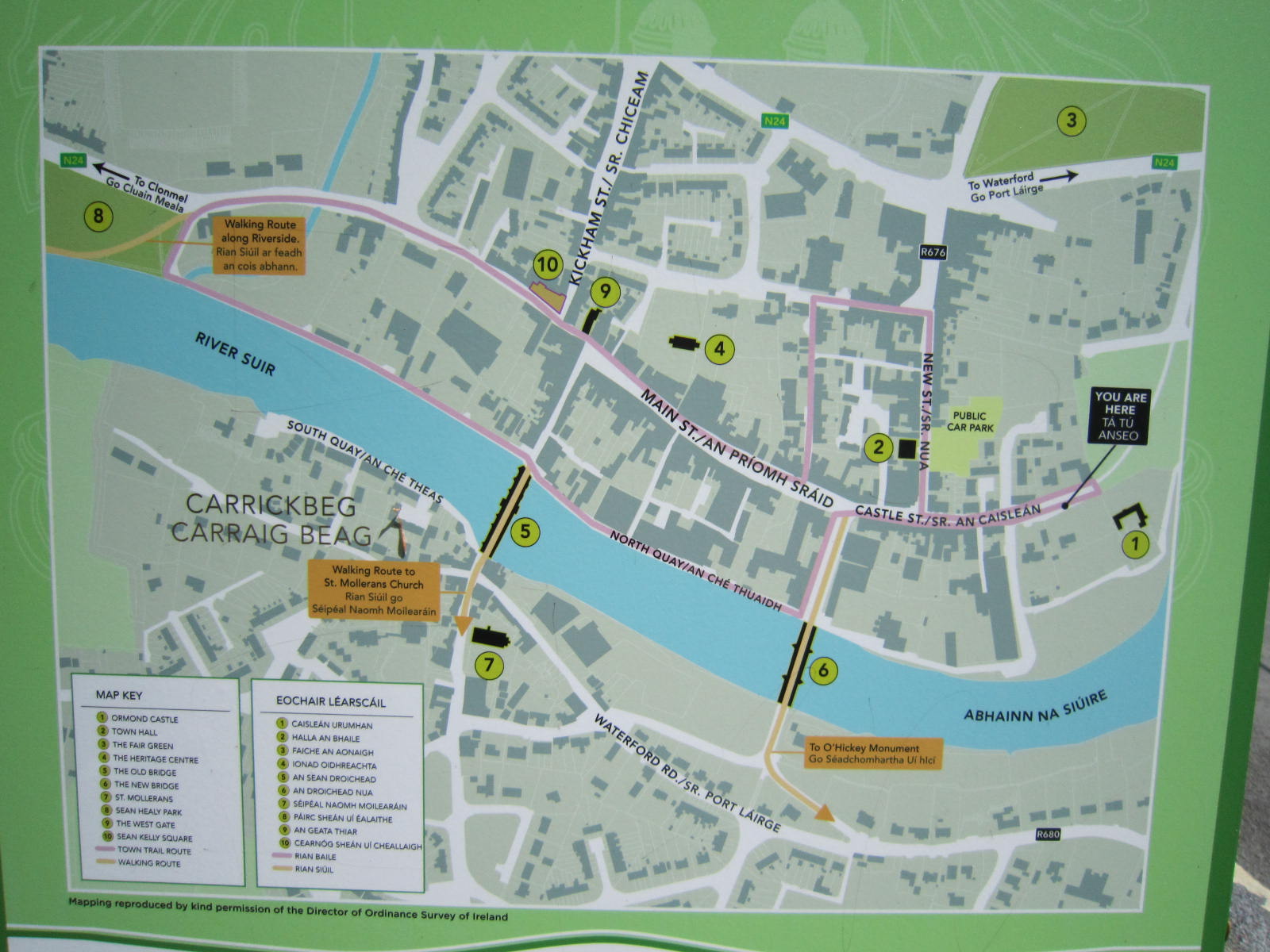
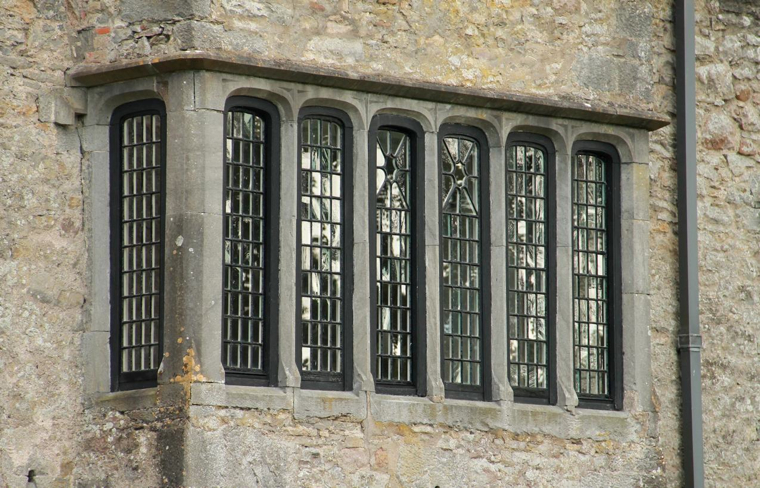
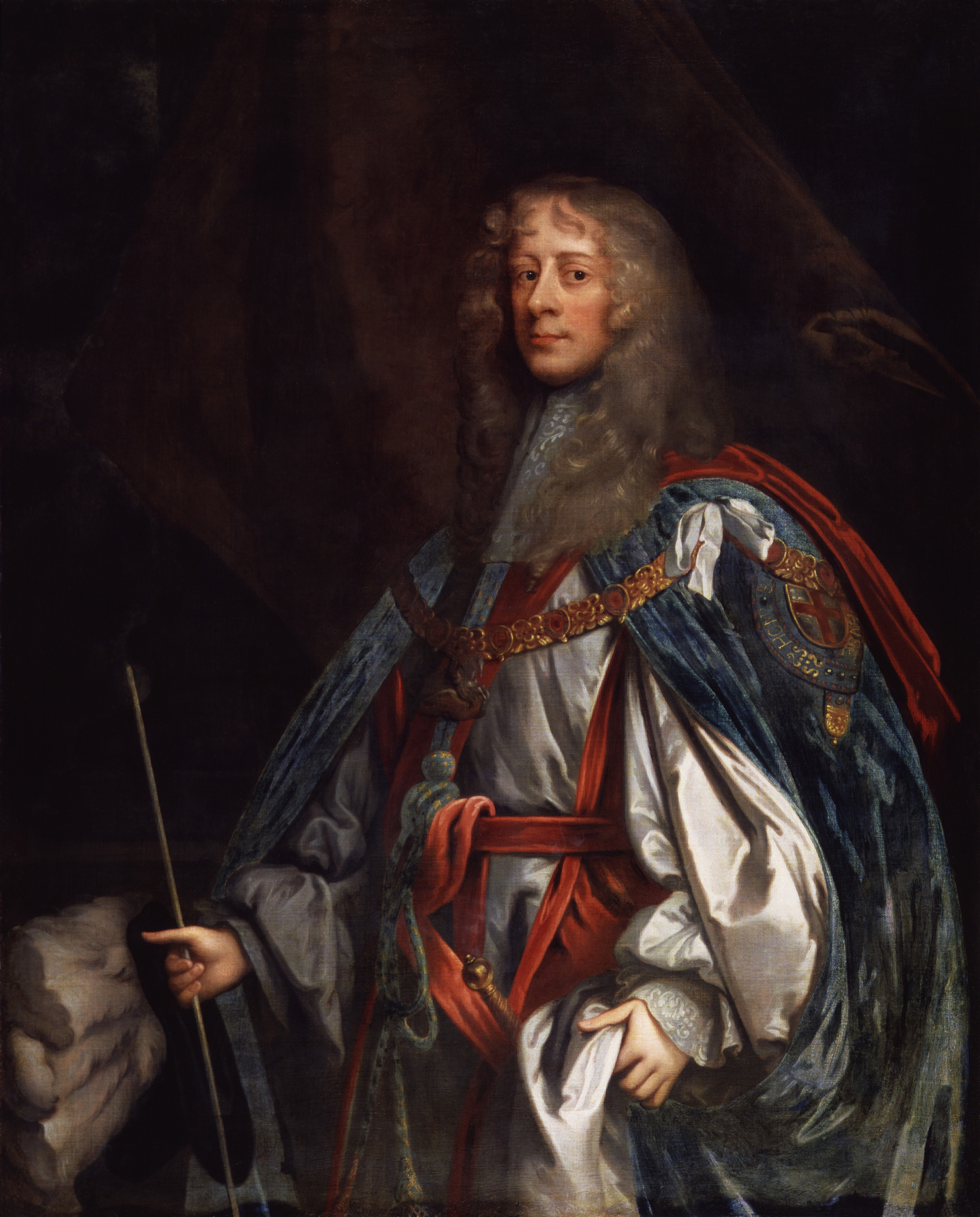
 After a cup of tea and a lemon bar in Kanturk, I proceeded east on the N72/N8 to the town of
After a cup of tea and a lemon bar in Kanturk, I proceeded east on the N72/N8 to the town of 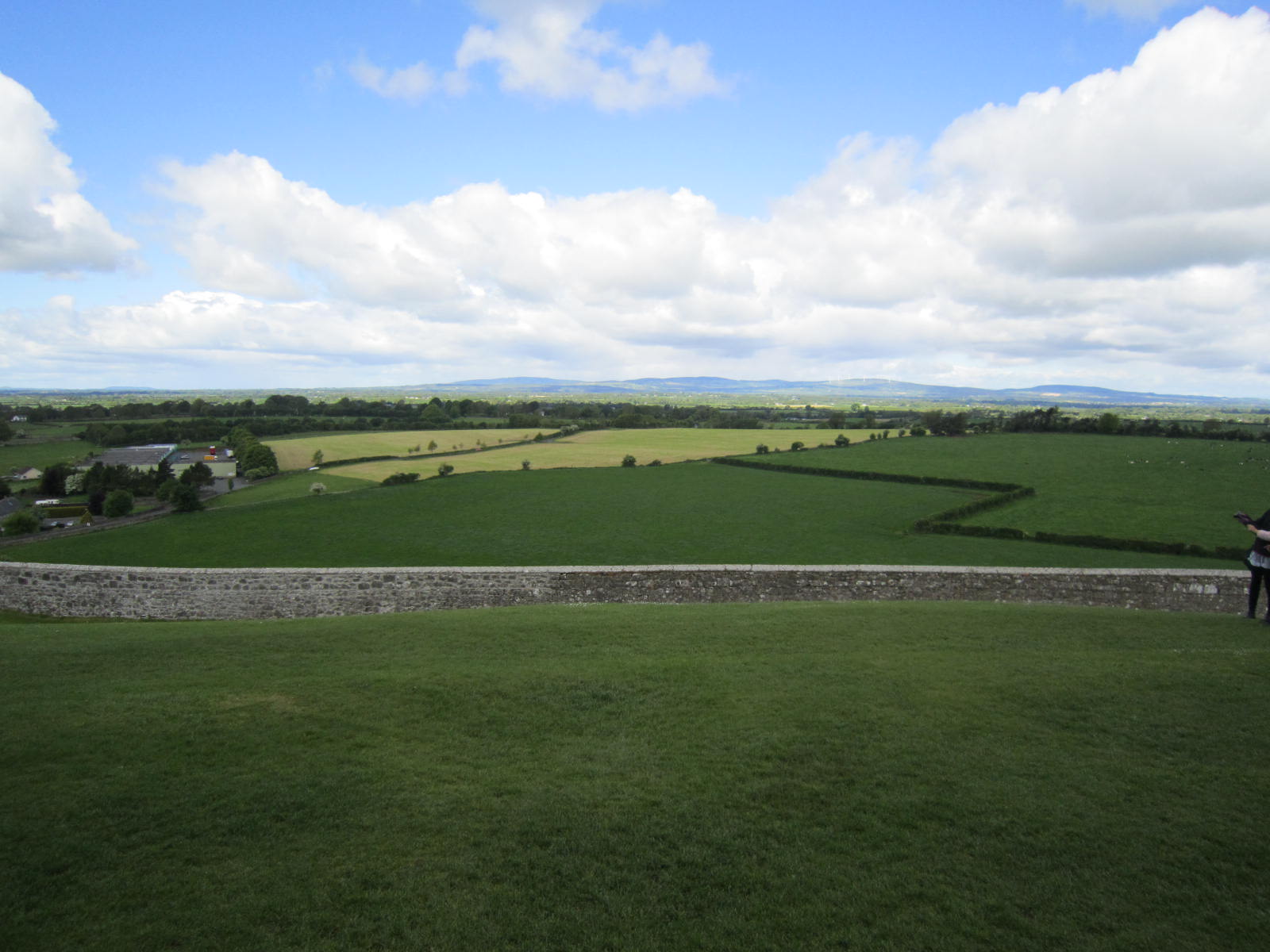
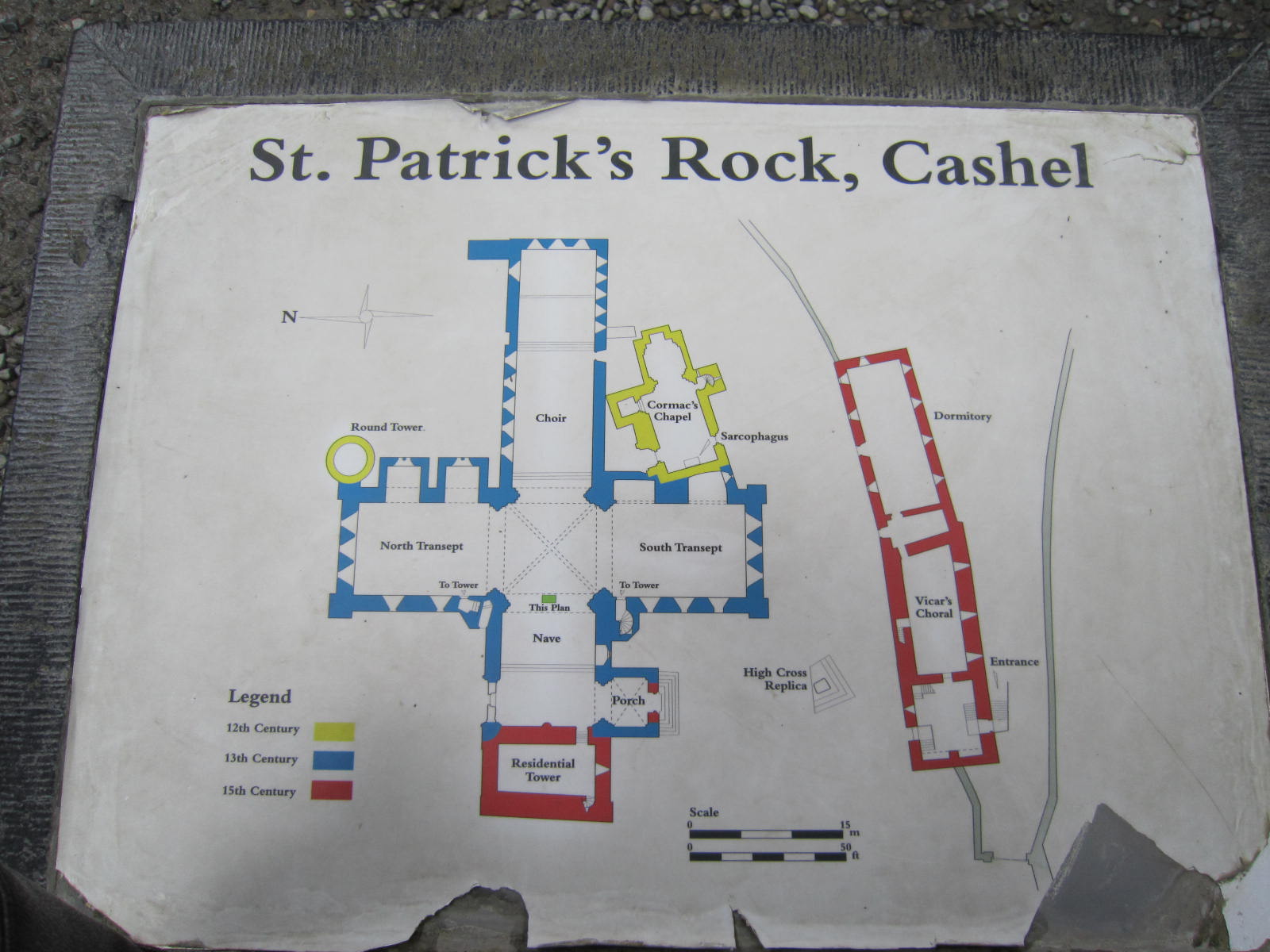
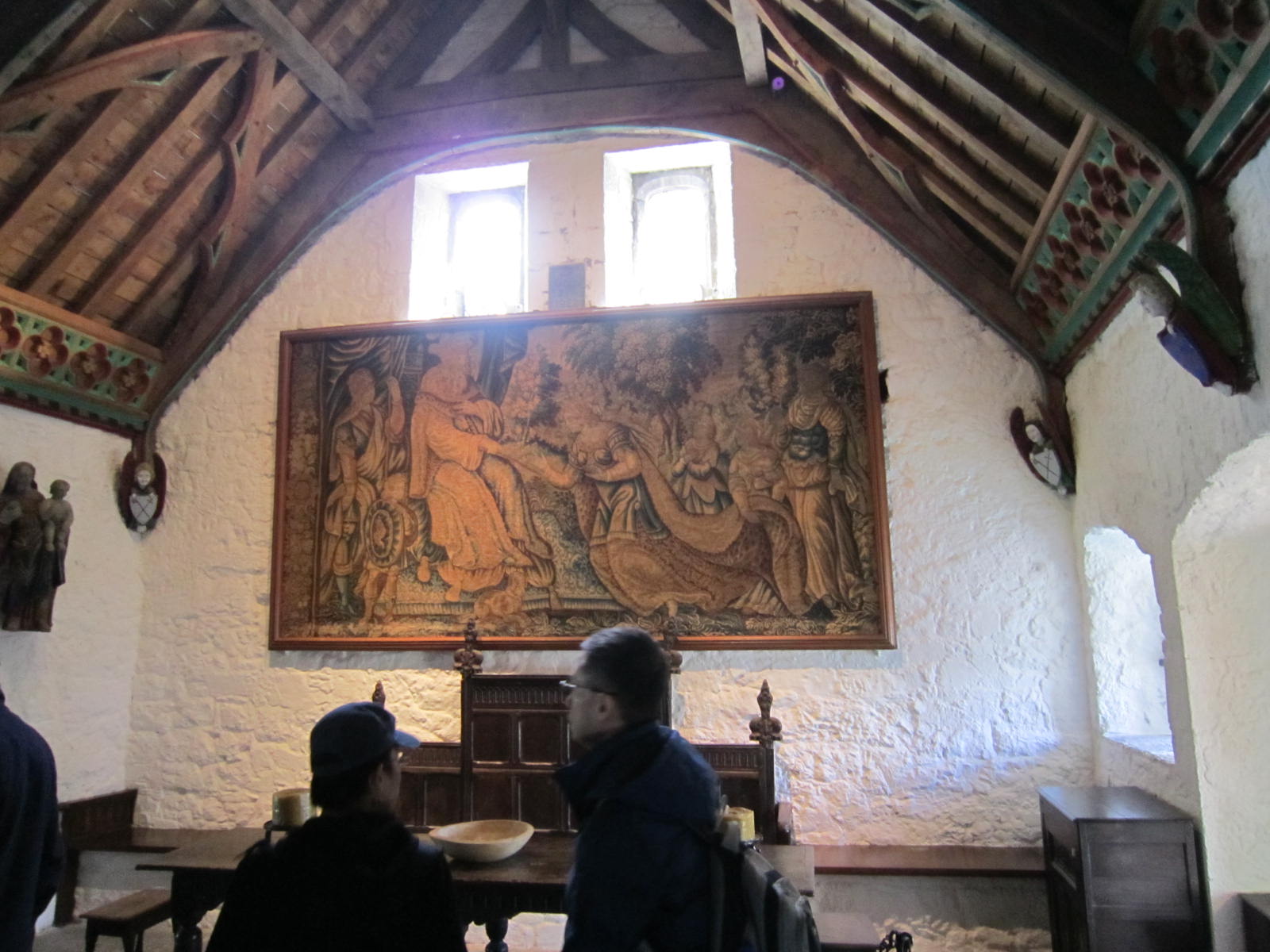
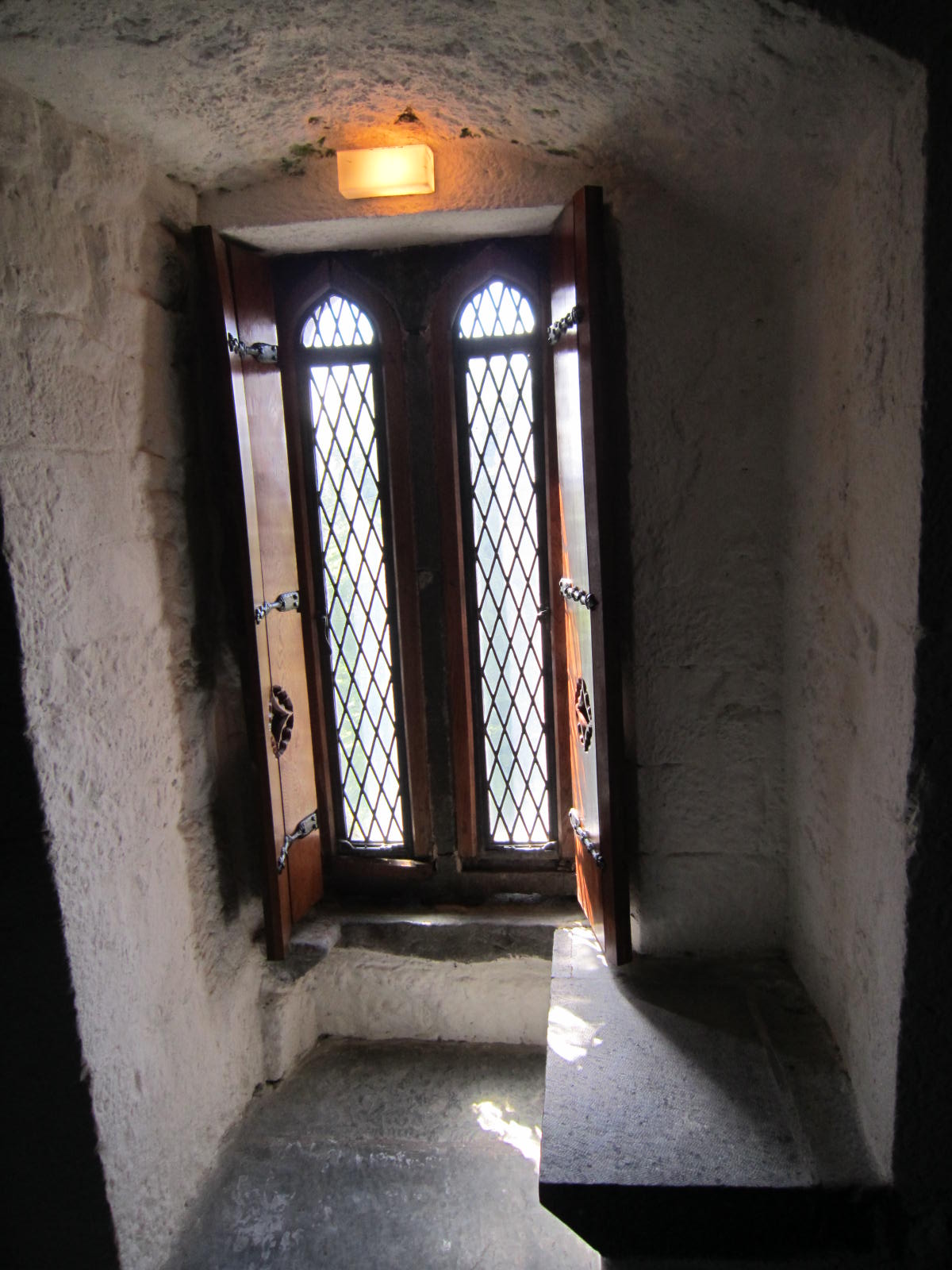 Across the courtyard from the cathedral is the vicar’s choral, including kitchen and dining hall for the men who assisted with cathedral services. This has been restored to serve as a museum. The dining hall is quite beautiful with dark ceiling beams, leaded windows and window seats, trestle table and tapestry. This choral became the setting for the mid-point scene in
Across the courtyard from the cathedral is the vicar’s choral, including kitchen and dining hall for the men who assisted with cathedral services. This has been restored to serve as a museum. The dining hall is quite beautiful with dark ceiling beams, leaded windows and window seats, trestle table and tapestry. This choral became the setting for the mid-point scene in 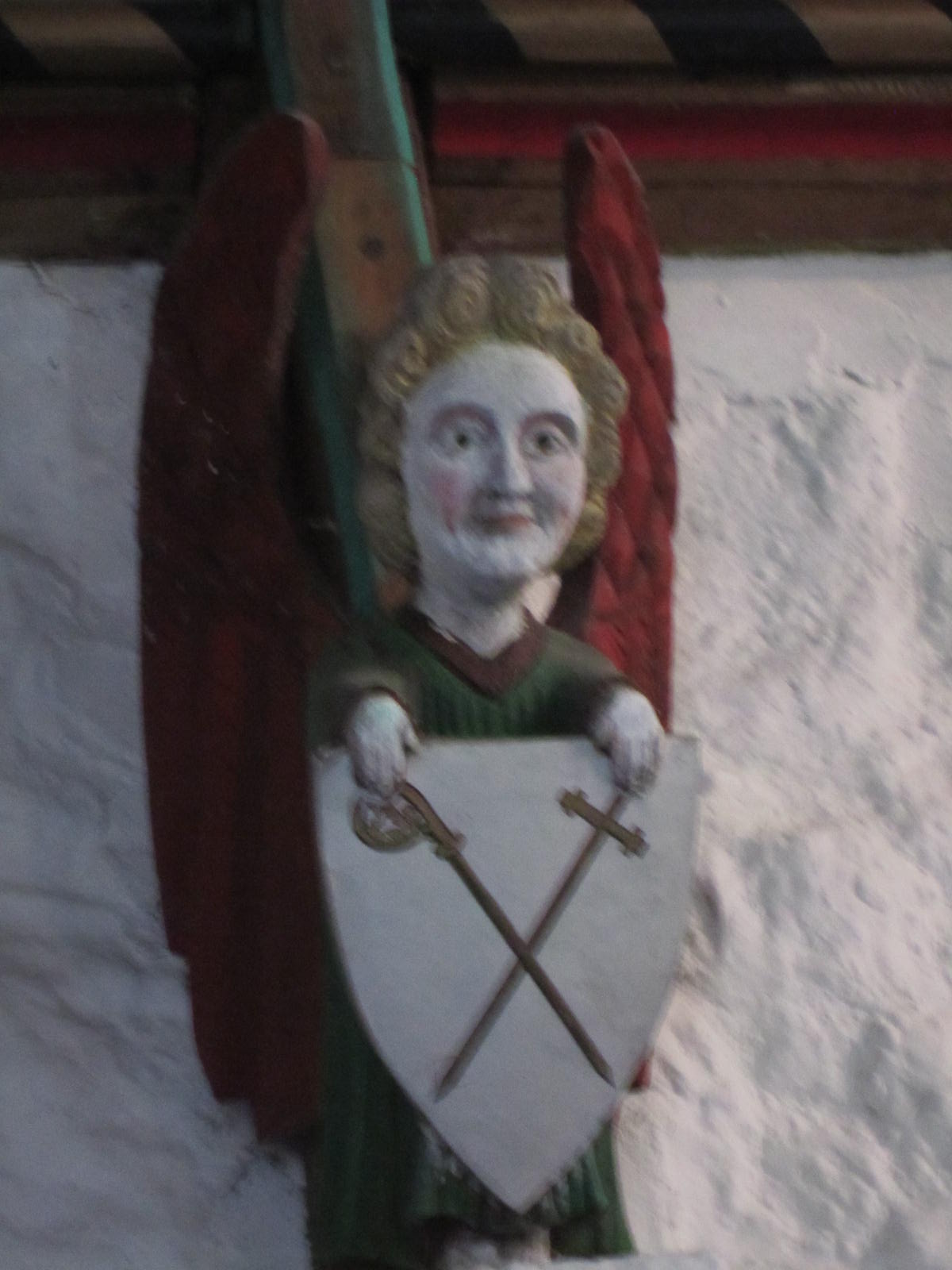
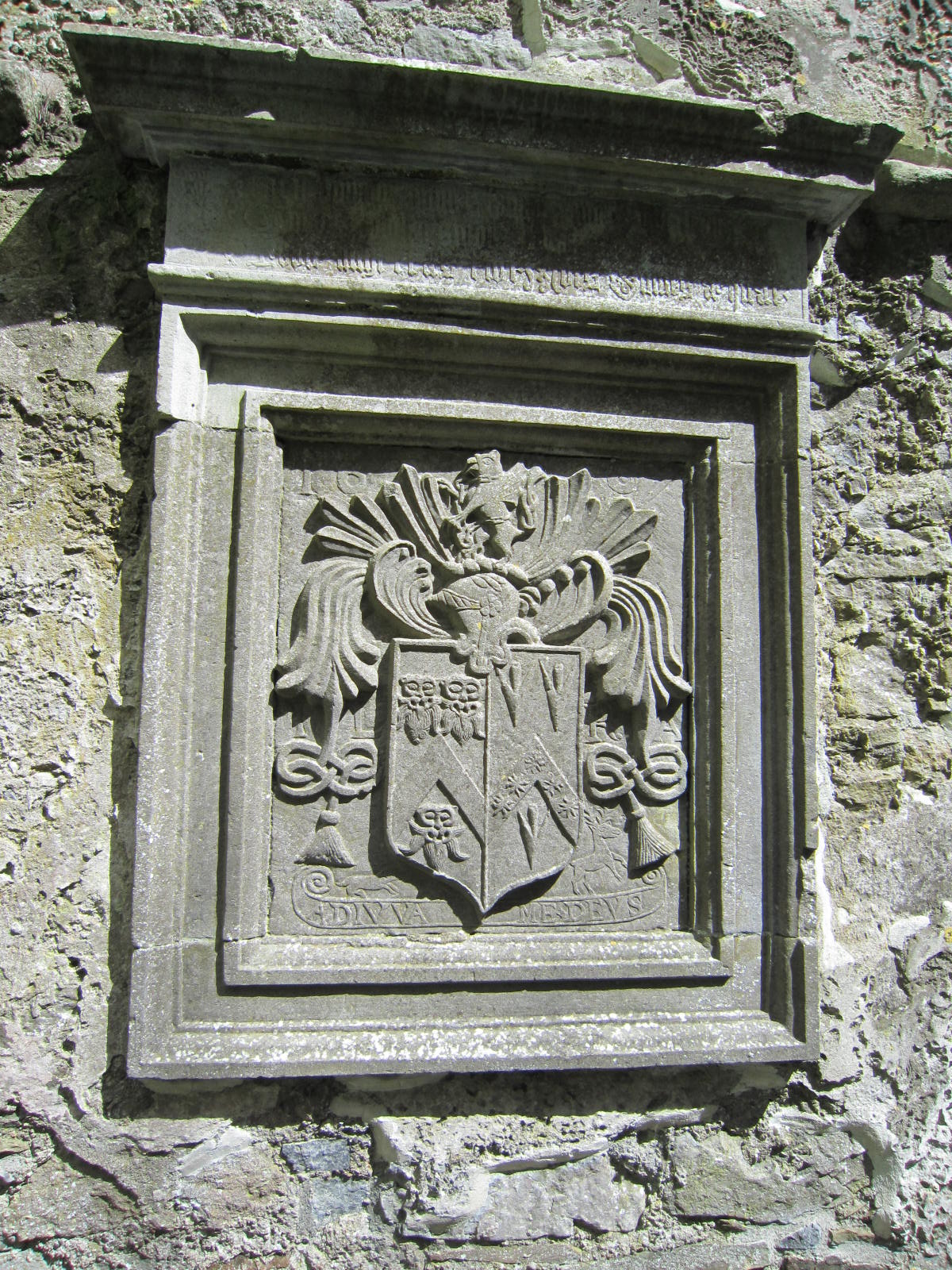 And a side note: While in Cashel I tried to visit Bothán Scór, a peasant cottage known locally as “Hanley’s,” that traces its history back to 1623. I hoped to see an accurate example of cottage life from that time. The tiny thatch-roofed cottage had a single window but it was blocked, preventing my view inside. You can see the cottage from the street, but according to the tourist office only one man has a key to the door, and they were unable to find him before I had to leave the town. This was the first of a few unfortunate missed opportunities during my travels. If you go and are able to see it, please tell me about it!
And a side note: While in Cashel I tried to visit Bothán Scór, a peasant cottage known locally as “Hanley’s,” that traces its history back to 1623. I hoped to see an accurate example of cottage life from that time. The tiny thatch-roofed cottage had a single window but it was blocked, preventing my view inside. You can see the cottage from the street, but according to the tourist office only one man has a key to the door, and they were unable to find him before I had to leave the town. This was the first of a few unfortunate missed opportunities during my travels. If you go and are able to see it, please tell me about it!
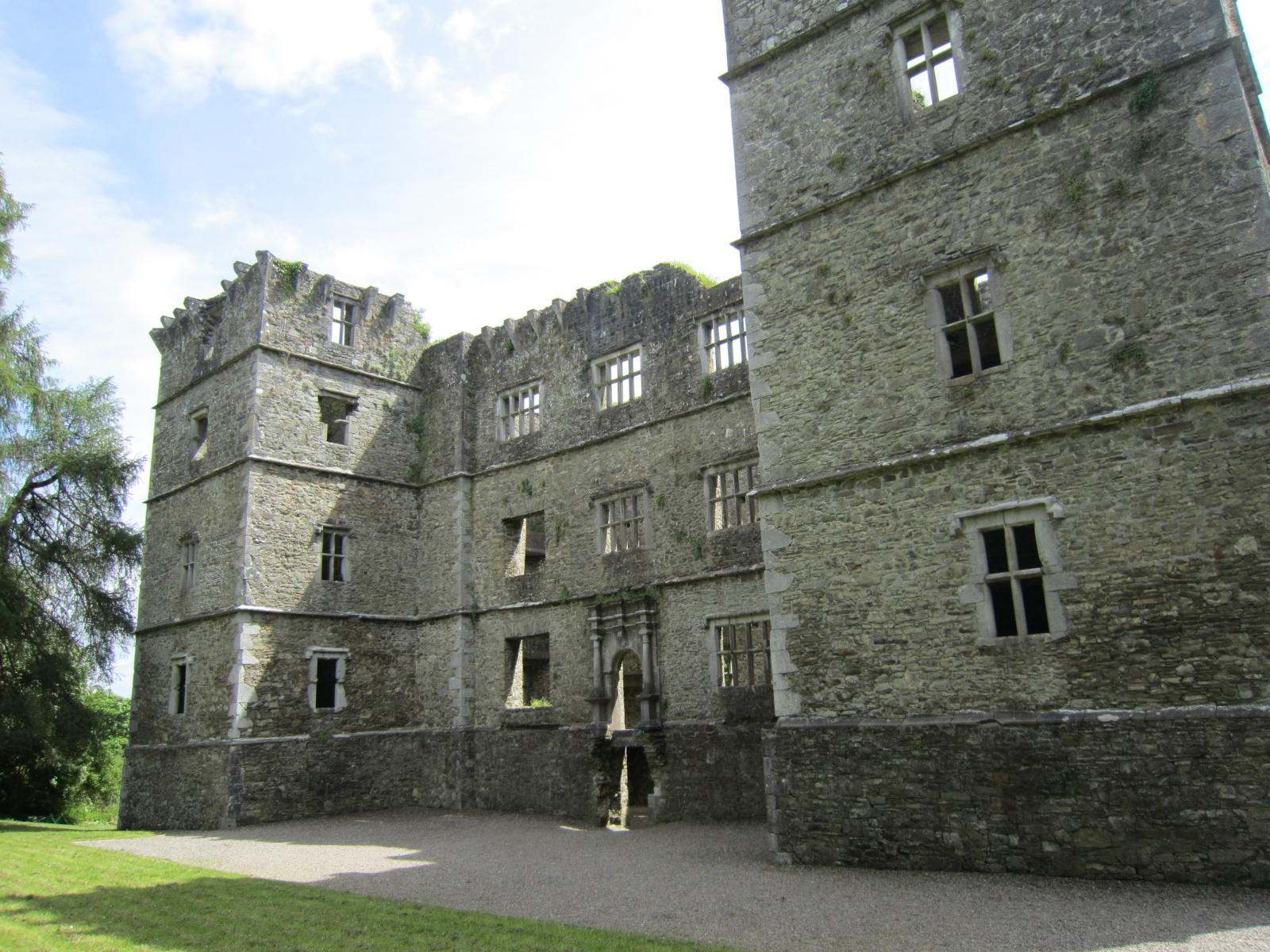
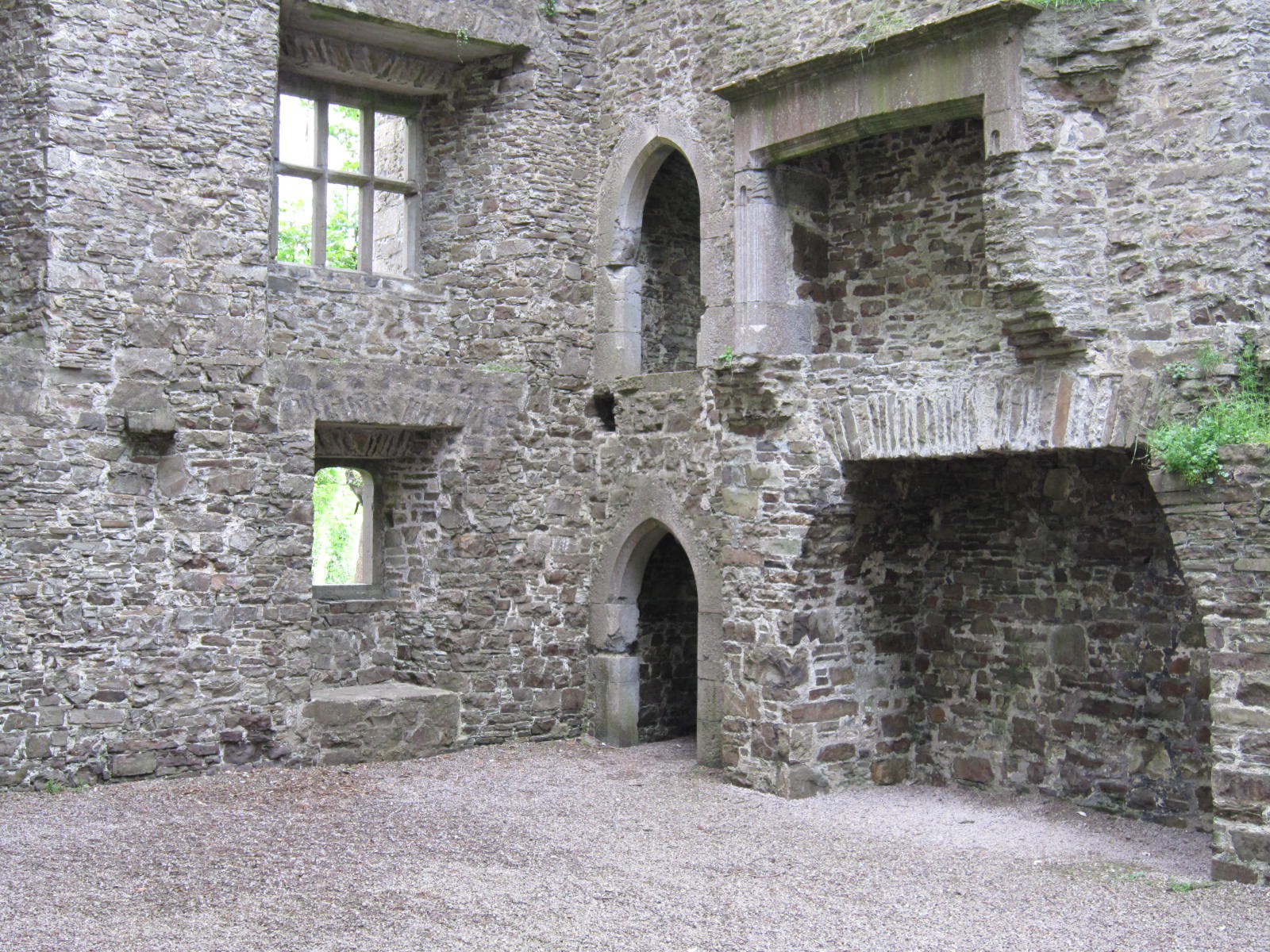 To me, the remarkable thing about this enormous and beautiful fortified manor house, and why I felt compelled to see it, is that it was the envy of all who saw it during construction, and yet it was never completed.
To me, the remarkable thing about this enormous and beautiful fortified manor house, and why I felt compelled to see it, is that it was the envy of all who saw it during construction, and yet it was never completed.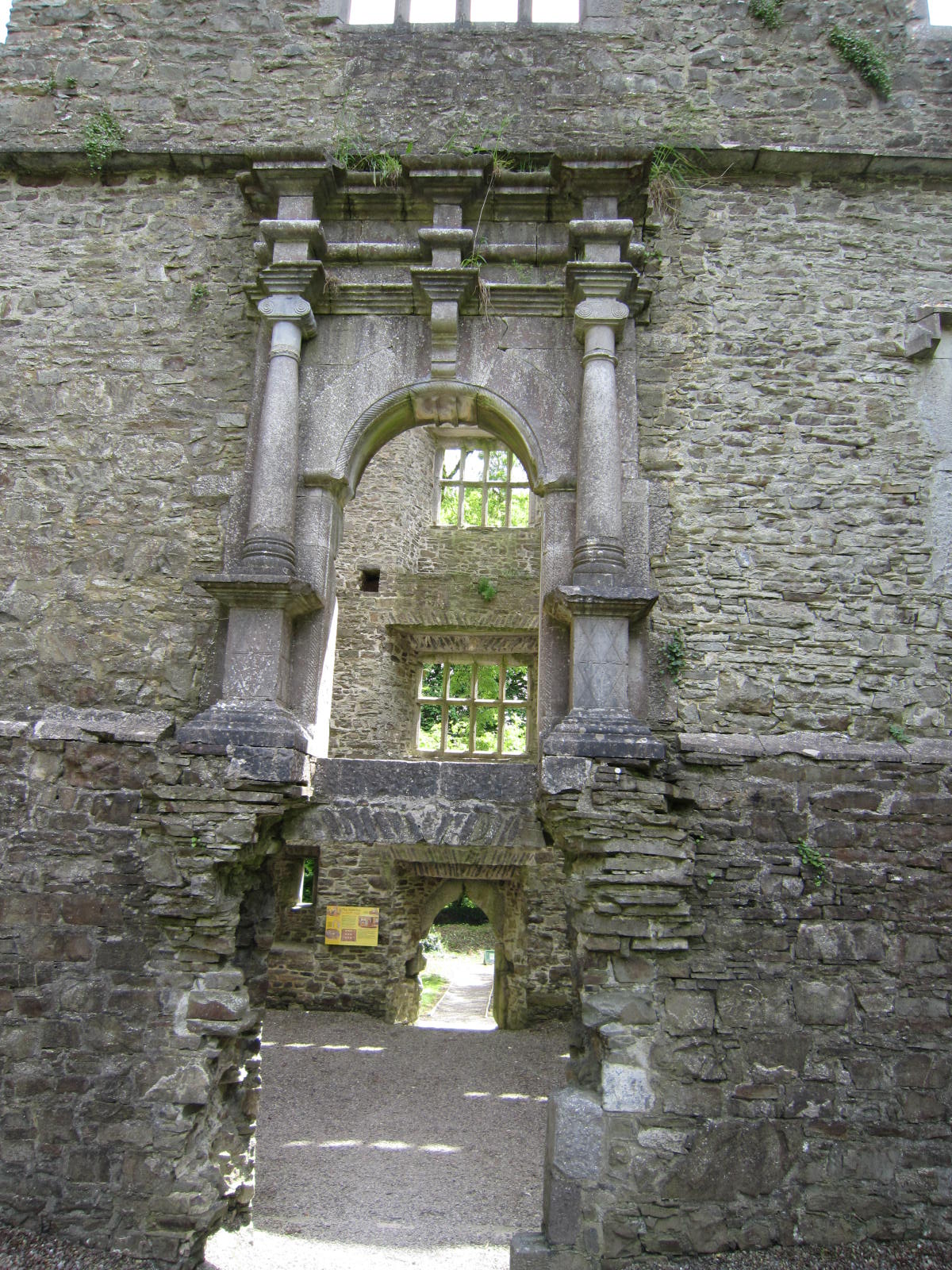 (For a very detailed account of the castle with far better photos than mine, please see
(For a very detailed account of the castle with far better photos than mine, please see 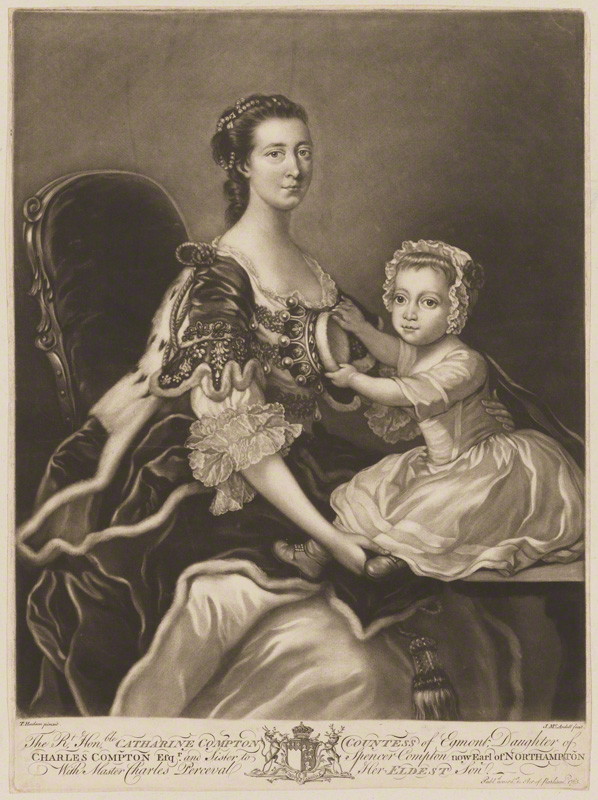
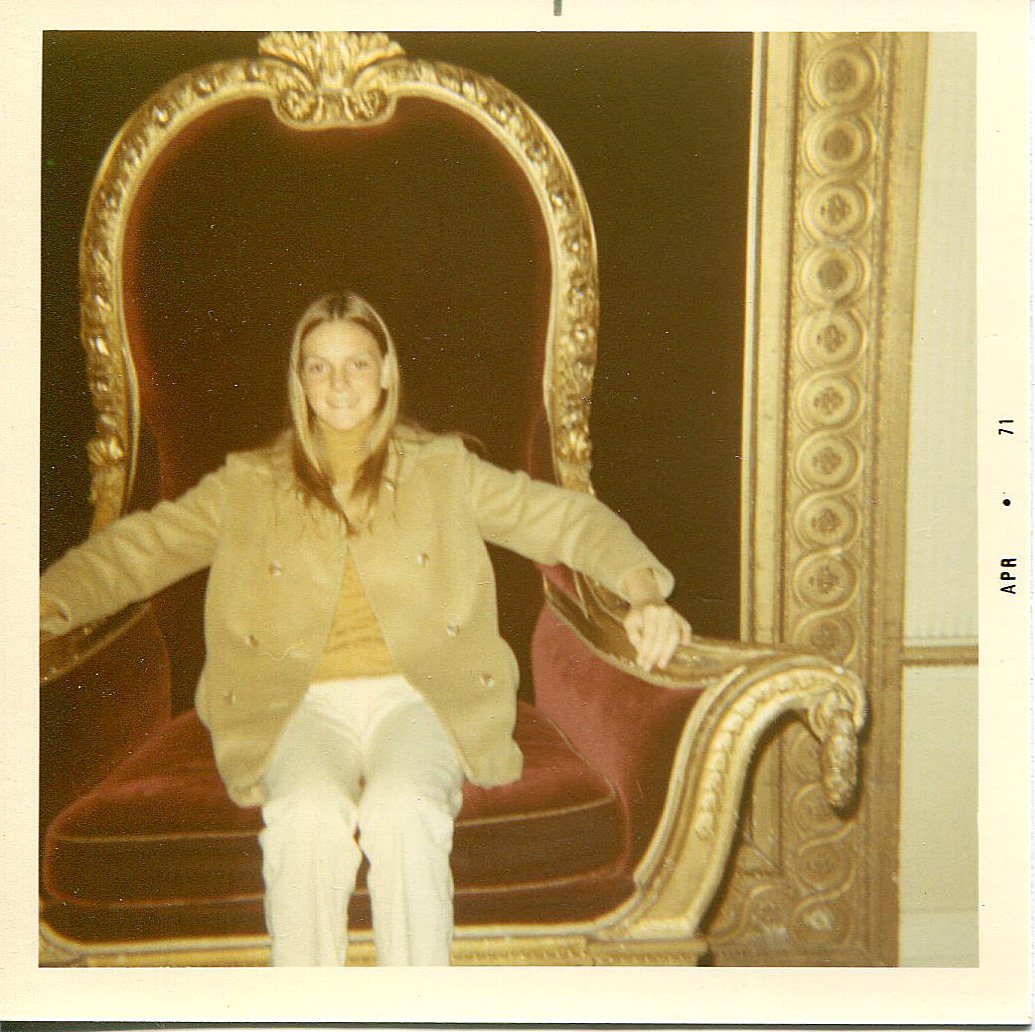 Now I wish I’d had a better head on me, for the castle will be the primary setting for my next book. Research already had begun last month when my sister unearthed this picture of me on the throne. Is it any wonder that I’m drawn to Irish history as much as I’m drawn to write?
Now I wish I’d had a better head on me, for the castle will be the primary setting for my next book. Research already had begun last month when my sister unearthed this picture of me on the throne. Is it any wonder that I’m drawn to Irish history as much as I’m drawn to write?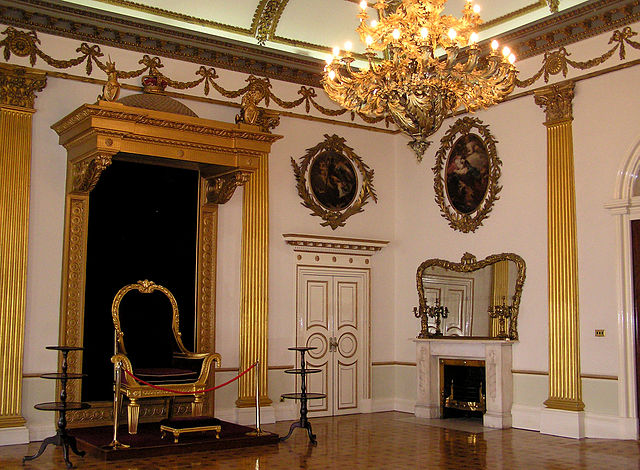
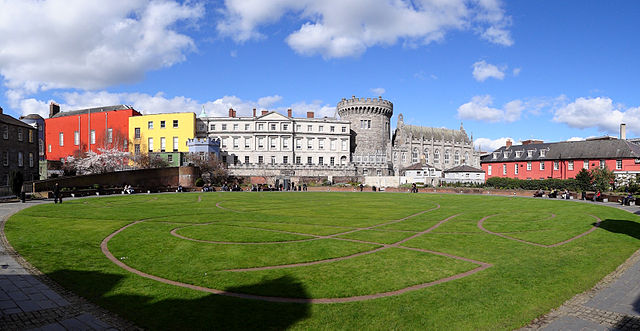
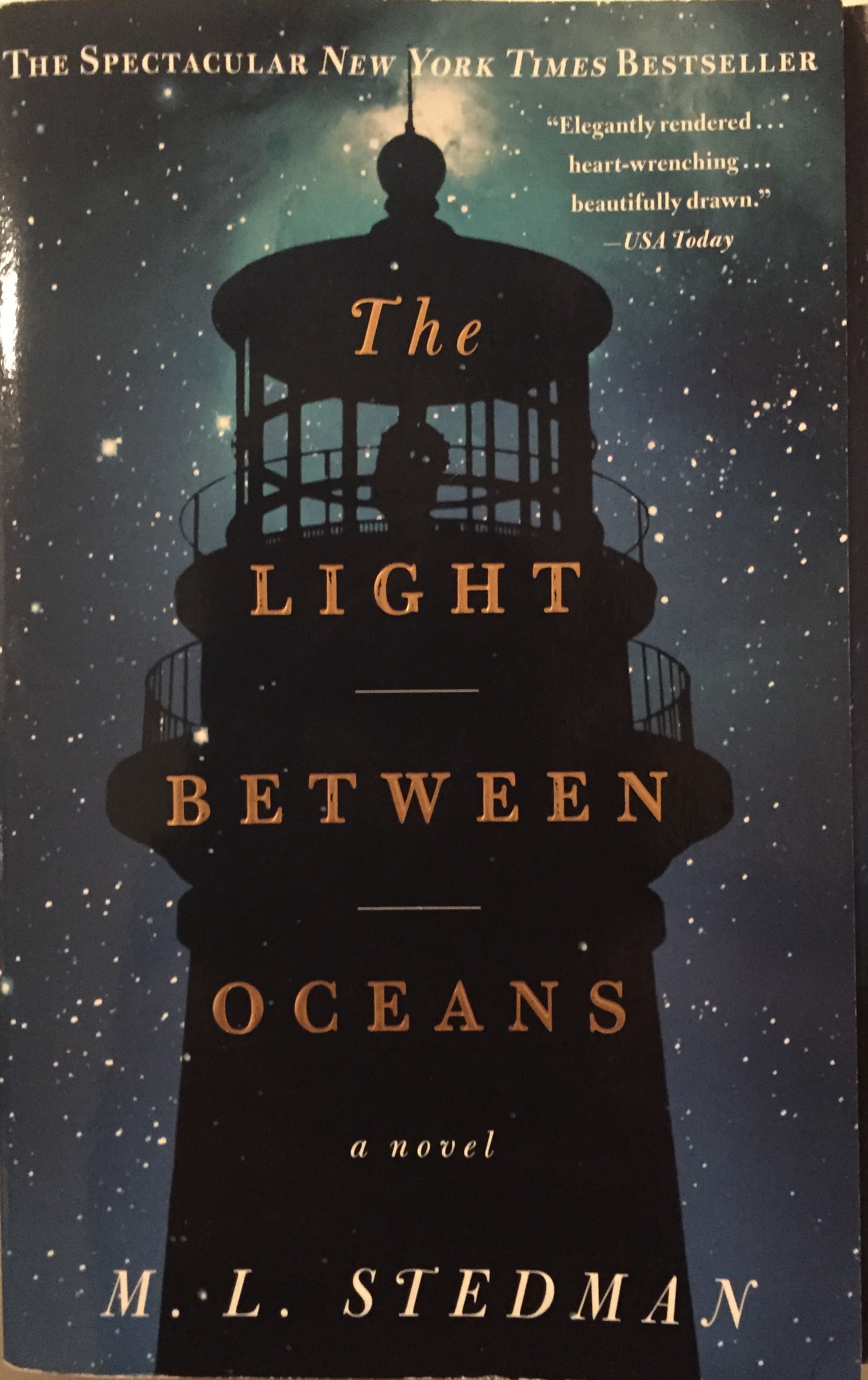 The story begins in 1926, and the setting is key: Janus Rock, a lighthouse station near Perth, Australia, where the Indian and Great Southern oceans meet. Already the reader knows it is a hard place.
The story begins in 1926, and the setting is key: Janus Rock, a lighthouse station near Perth, Australia, where the Indian and Great Southern oceans meet. Already the reader knows it is a hard place.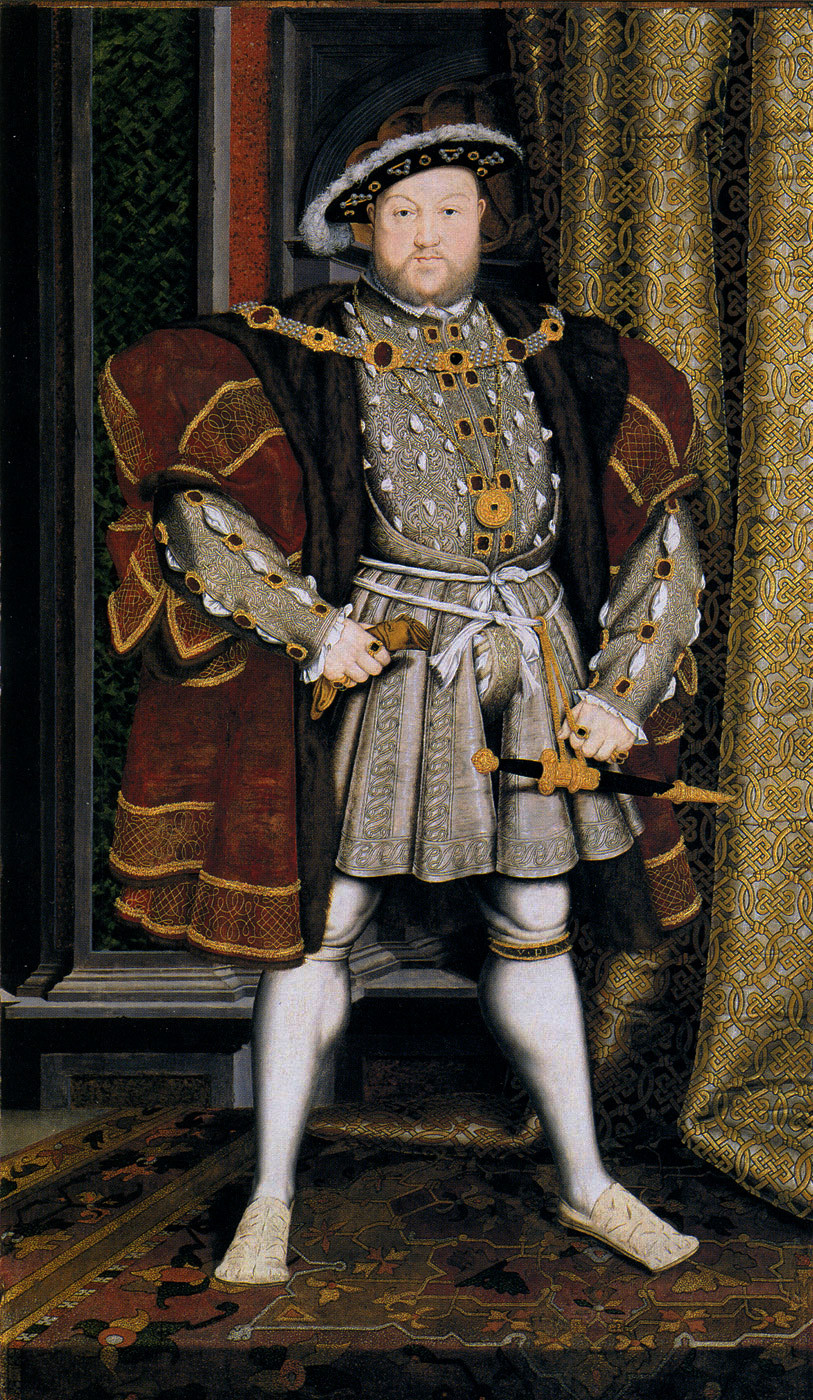 Most people are familiar with the famous Holbein portrait of him standing tall, broad-shouldered, filling up the canvas in his regal robes and codpiece. An icon of strength and robust health, this king gave the people what they wanted: physical power, great wealth, cultural sophistication, grand architecture, athletic supremacy, and a direct link to God.
Most people are familiar with the famous Holbein portrait of him standing tall, broad-shouldered, filling up the canvas in his regal robes and codpiece. An icon of strength and robust health, this king gave the people what they wanted: physical power, great wealth, cultural sophistication, grand architecture, athletic supremacy, and a direct link to God.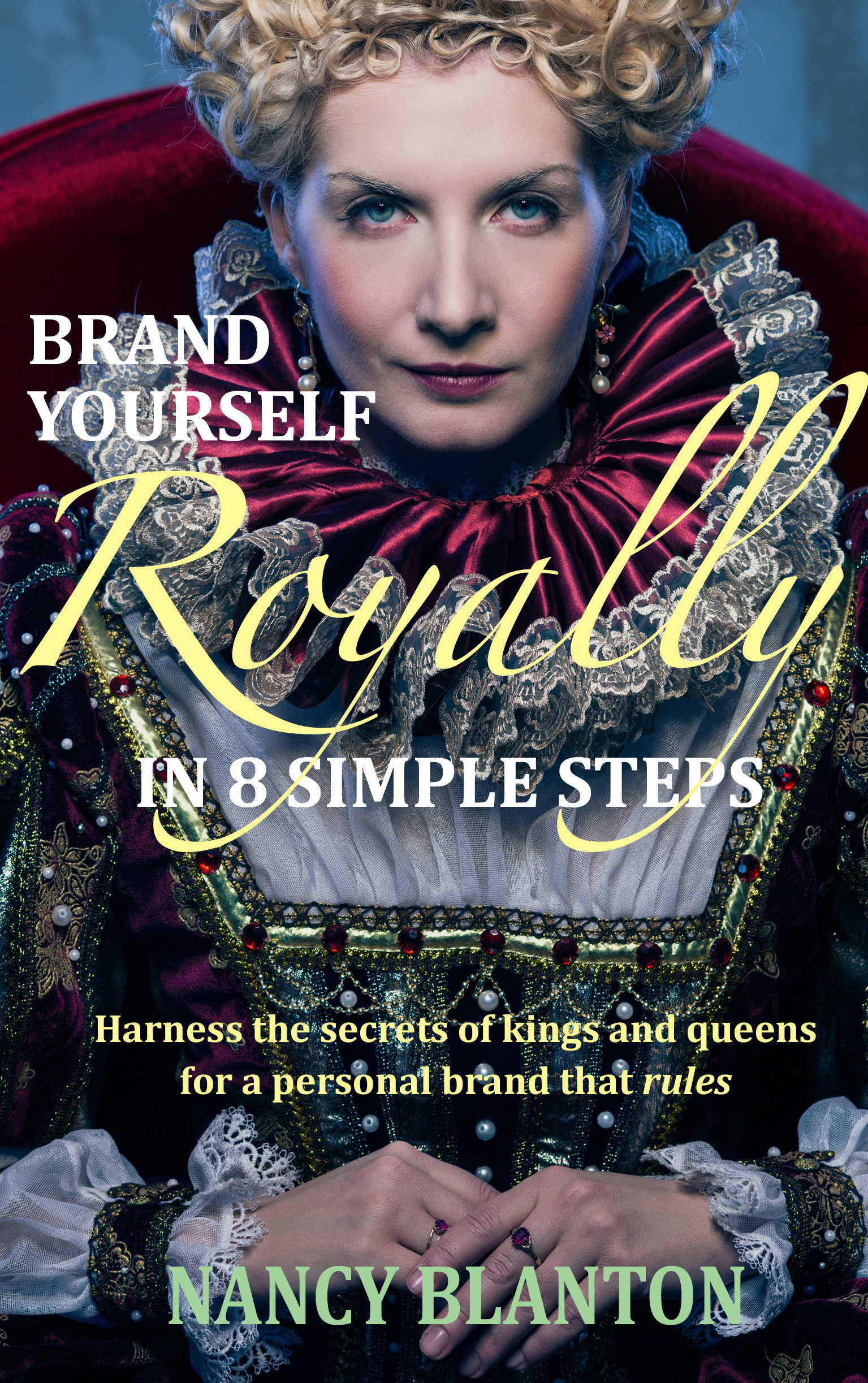 My book
My book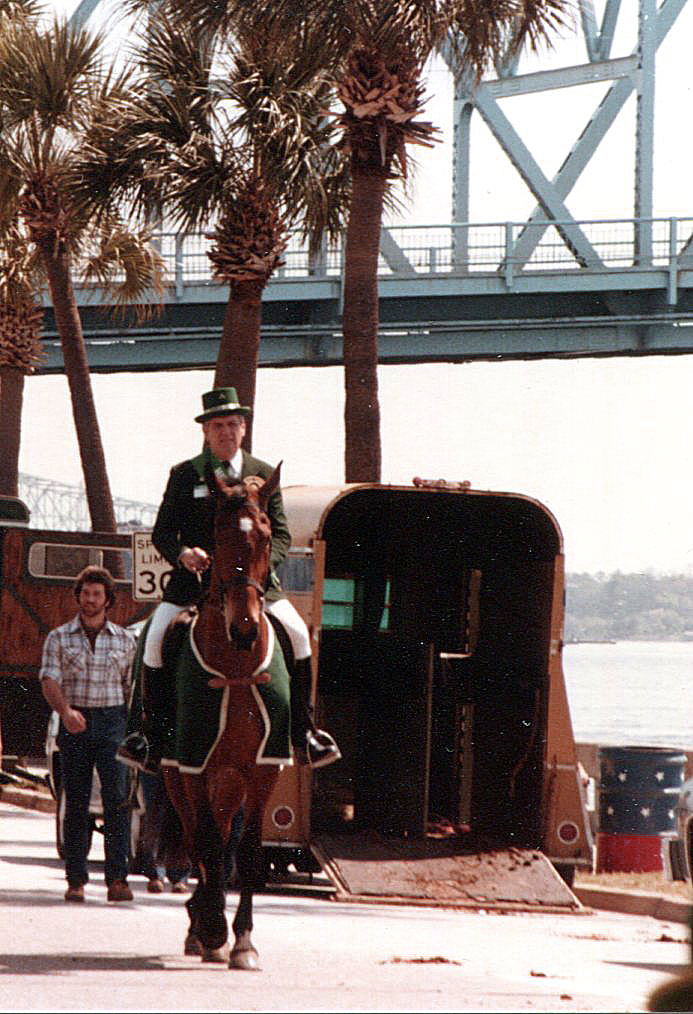
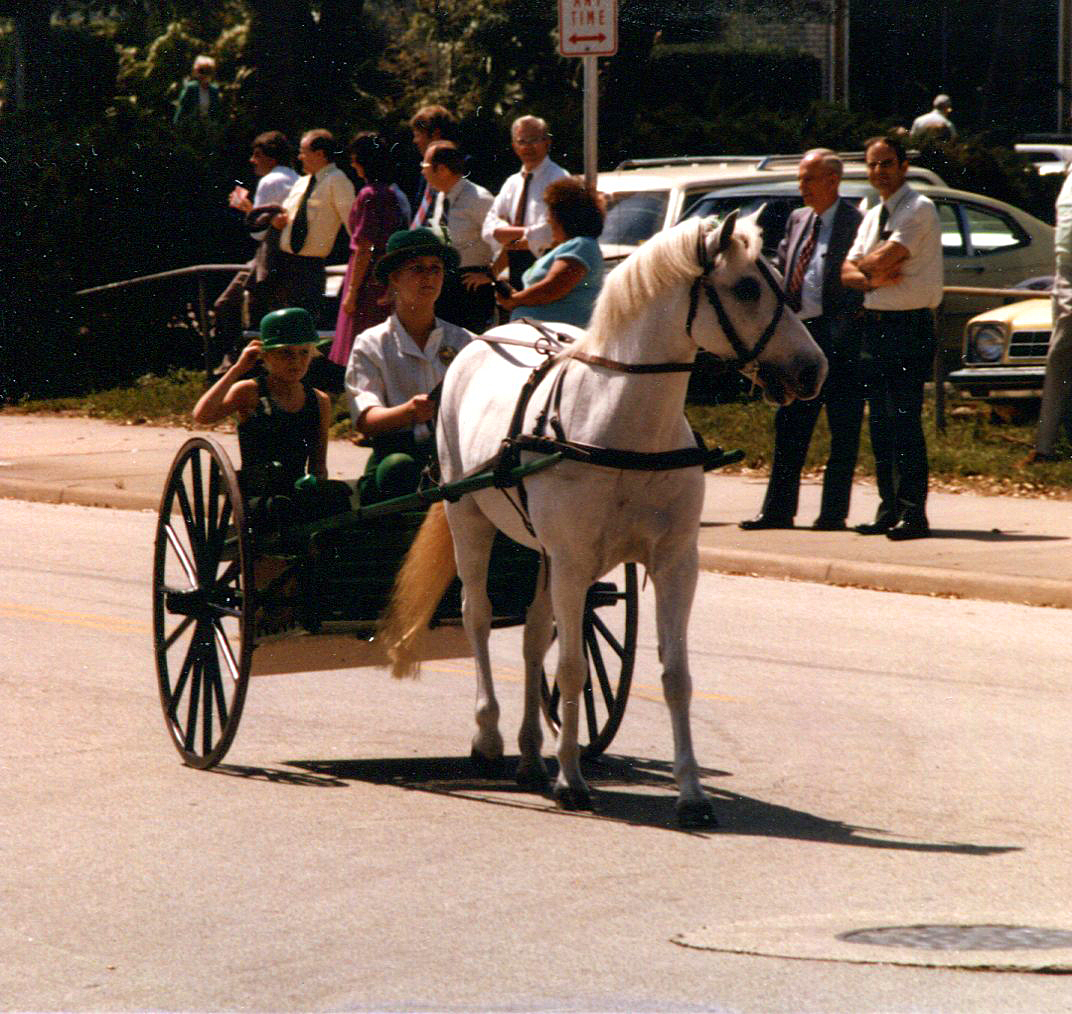
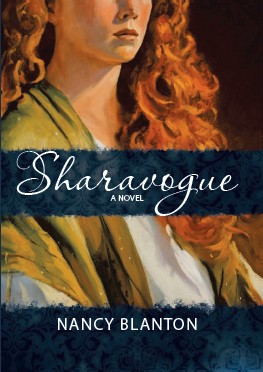 And for those who love Irish history as I do, you might enjoy
And for those who love Irish history as I do, you might enjoy 
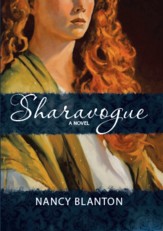 Sharavogue is the award-winning novel of 17th century Ireland and the West Indies, available now on
Sharavogue is the award-winning novel of 17th century Ireland and the West Indies, available now on 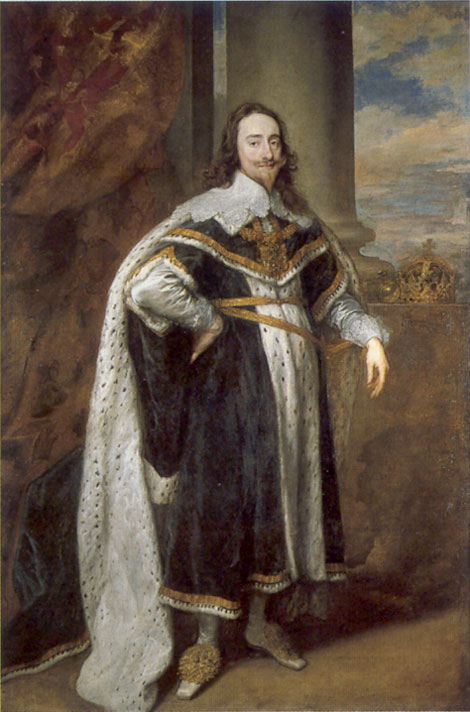
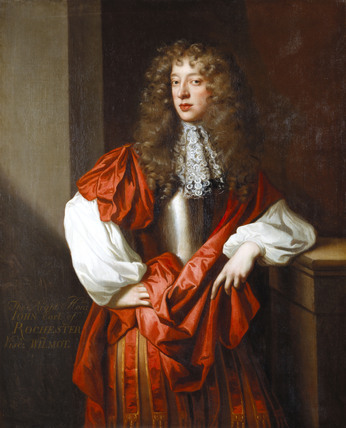

![Mathew Brady [Public domain], via Wikimedia Commons](http://static1.squarespace.com/static/55c7b929e4b01a7e8519521a/5a0e08c188199e934da9f9f3/5a0e08cb88199e934da9fc4a/1510869195237/capt-_edward_p-_doherty_cropped-_nara_-_525689.jpg?format=original)


